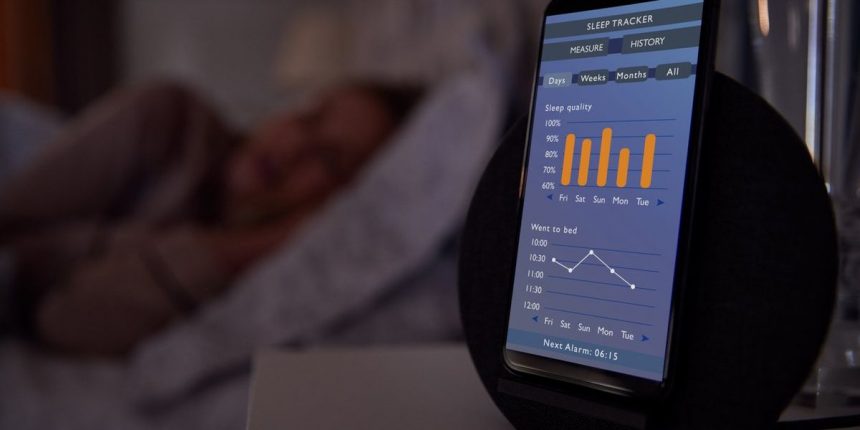
March is National Sleep Awareness Month.
Getting a good night’s sleep can be a challenge, especially during perimenopause. Fortunately, technology has advanced to offer various sleep trackers to help you monitor and improve your sleep patterns.
While many people use smartwatches for sleep tracking, some may find it uncomfortable to wear to bed. Thankfully, there are wrist-free options available, such as headbands and mats that are placed under the mattress.
These sleep trackers can provide valuable insights into your sleep quality, helping you identify issues like sleep apnea, which can have serious health implications if left untreated. In fact, Samsung recently introduced a sleep apnea detection feature in its health monitor app, approved by the FDA.
Whether you prefer headbands, rings, mats, or bedside smart devices, there are plenty of options to choose from to help you understand your sleep patterns and make necessary adjustments for a more restful night’s sleep.
Headbands
Headbands with brain sensors, like the Muse headband and Philips SmartSleep Deep Sleep Headband, offer on-demand analysis and personal guidance to improve sleep quality.
Rings
Smart rings like the Oura Ring and SleepOn Go2sleep offer advanced sleep tracking options to monitor your sleep patterns and provide personalized tips for better sleep quality.
Mats
Sleep tracking mats like the Withings Sleep Tracking Mat and Chilipad Dock Pro Sleep System offer a simple, non-wearable option to monitor your sleep health and provide insights into your sleep patterns.
Bedside smart devices
All-in-one sleep tracking devices like Google Nest Hub and smartphone apps can help monitor your sleep patterns and offer tips for improving your sleep quality without the need for wearables.





